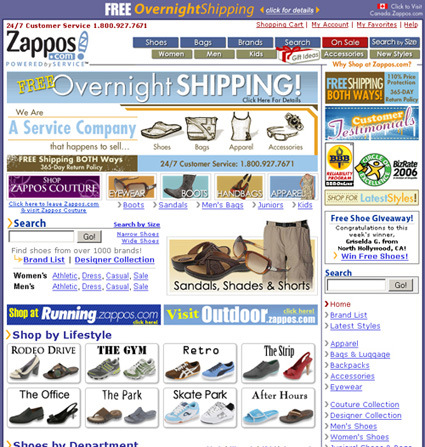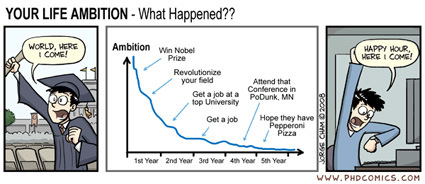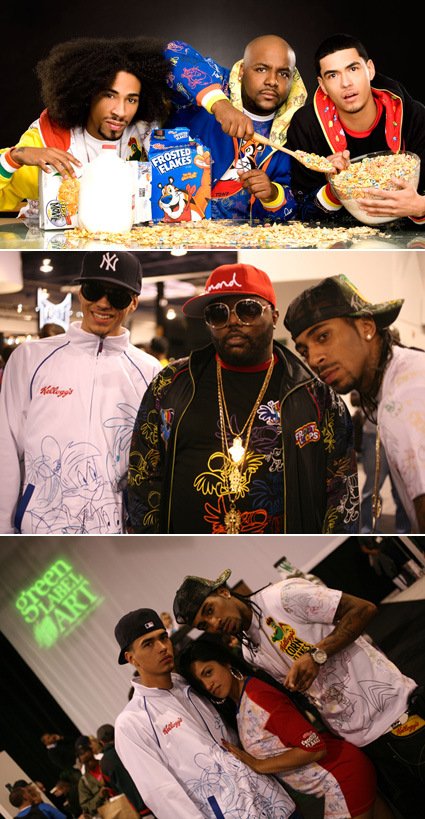
Stumbled upon this discovery on Harvard Business Publishing mentioning how Zappos, an internet shoe retailer (on course to exceed $1billion in annual revenues), has a very unique method of retaining committed staff – they pay their newly-hired staff $1000 to quit:
After a week or so in this immersive experience, though, it’s time for what Zappos calls “The Offer.” The fast-growing company, which works hard to recruit people to join, says to its newest employees: “If you quit today, we will pay you for the amount of time you’ve worked, plus we will offer you a $1,000 bonus.” Zappos actually bribes its new employees to quit!
Why? Because if you’re willing to take the company up on the offer, you obviously don’t have the sense of commitment they are looking for. It’s hard to describe the level of energy in the Zappos culture—which means, by definition, it’s not for everybody. Zappos wants to learn if there’s a bad fit between what makes the organization tick and what makes individual employees tick—and it’s willing to pay to learn sooner rather than later. (About ten percent of new call-center employees take the money and run.)
Wow. I’ve not dealt with Zappos personally – never bought or returned any shoes from them. But apparently the customer service are legendary. I guess this eccentric strategy (does eccentric have to be opposite of logical? Because if the numbers are balanced, this strategy seems really logical too) was one of the factors that helped them achieve this level of service.
I guess if it’s not already in every business case study textbook, it’d soon be!







